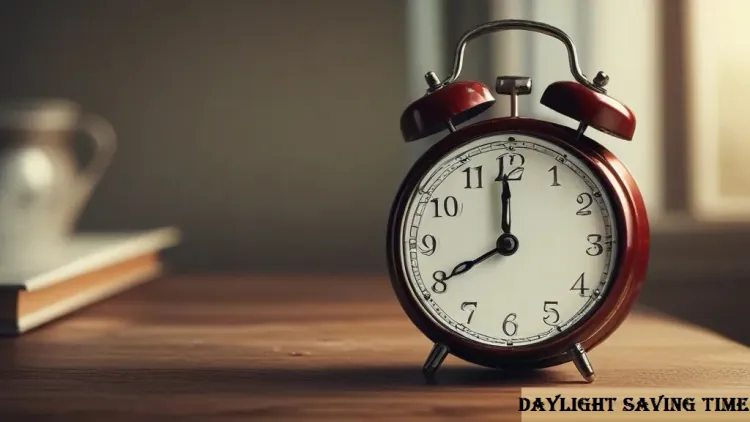Embrace the Shift: Daylight Saving Time 2024 Insights
Learn the key facts about Daylight Saving Time 2024, its health implications, and which states opt-out

- Introduction
- Explanation of Daylight Saving Time (DST) and its significance
- The Basics of Daylight Saving Time
- Definition and historical overview
- The concept of "spring forward" and "fall back"
- Daylight Saving Time 2024: What to Expect
- Start and end dates
- Preparing for the time change
- The Debate Around Daylight Saving Time
- The Sunshine Protection Act and legislative efforts
- Health impacts of time changes
- Exceptions to the Rule
- States and territories not observing DST
- Reasons behind Arizona and Hawaii's decisions
- Practical Tips for Adjusting to Daylight Saving Time
- Managing sleep schedules
- Adjusting household clocks and appliances
- Looking Forward: The Future of Daylight Saving Time
- Potential permanent adoption of DST
- Anticipated changes in legislation
- FAQs
- Conclusion
- Recap of the importance and impact of DST
- Encouragement to adapt and enjoy the additional daylight
Daylight Saving Time 2024: Everything You Need to Know
Introduction
As the calendar turns to March, a familiar ritual looms on the horizon: the transition to Daylight Saving Time (DST). Marked by the adage "spring forward, fall back," this annual adjustment shifts an hour of daylight from the morning to the evening, ostensibly offering more light during the hours most people are active. But beyond resetting our clocks, DST stirs a mix of anticipation and debate, touching on everything from health impacts to energy savings.
The Basics of Daylight Saving Time
At its core, Daylight Saving Time is a simple concept: by shifting clocks forward an hour in spring and back in autumn, we can make better use of natural daylight. Yet, the origins and implementation of DST are anything but straightforward, reflecting a century-long quest to harmonize human activity with the sun's rhythms.
Daylight Saving Time 2024: What to Expect
In 2024, DST commences at 2 a.m. on March 10, momentarily stealing an hour of sleep but promising longer afternoons in return. This shift necessitates manual adjustments for analog devices, a small inconvenience for the extended daylight benefits.
The Debate Around Daylight Saving Time
The Sunshine Protection Act, a proposal to make DST permanent, underscores the ongoing controversy surrounding time changes. Despite Senate approval, the bill has stalled, leaving Americans to navigate the health and safety implications of biannual shifts, from increased accident risks to disruptions in sleep patterns.
Exceptions to the Rule
Notably, Arizona and Hawaii, alongside several U.S. territories, abstain from DST, citing unique geographic and environmental considerations. Their stance invites reflection on the uniformity and necessity of DST across diverse regions.
Practical Tips for Adjusting to Daylight Saving Time
Adapting to DST can be smoother with a few practical strategies, such as gradually adjusting sleep schedules and ensuring all time-telling devices are correctly set, minimizing the transition's impact on daily life.
Looking Forward: The Future of Daylight Saving Time
As debates and legislative efforts continue, the future of DST in America remains uncertain. Yet, the discussion itself highlights the broader question of how best to align our societal routines with the natural world.
FAQs
- Why do we have Daylight Saving Time?
- What are the health impacts of DST?
- Which states do not observe DST, and why?
Conclusion
Daylight Saving Time, with its blend of historical legacy and contemporary controversy, serves as a biannual reminder of our complex relationship with time. As we "spring forward" into 2024, let's embrace the opportunity to rethink and possibly rejuvenate our daily rhythms in harmony with the longer days ahead.
Discover More Insights at Kiksee Magazine
- Adjusting to Daylight Saving Time: Tips and strategies for a smoother transition.
- Health Impacts of Daylight Saving Time: A deeper dive into the physiological effects.
- The Future of Daylight Saving Time: Exploring legislative efforts and potential changes.
- States Without Daylight Saving Time: Understanding the exceptions to the rule.
What's Your Reaction?






















